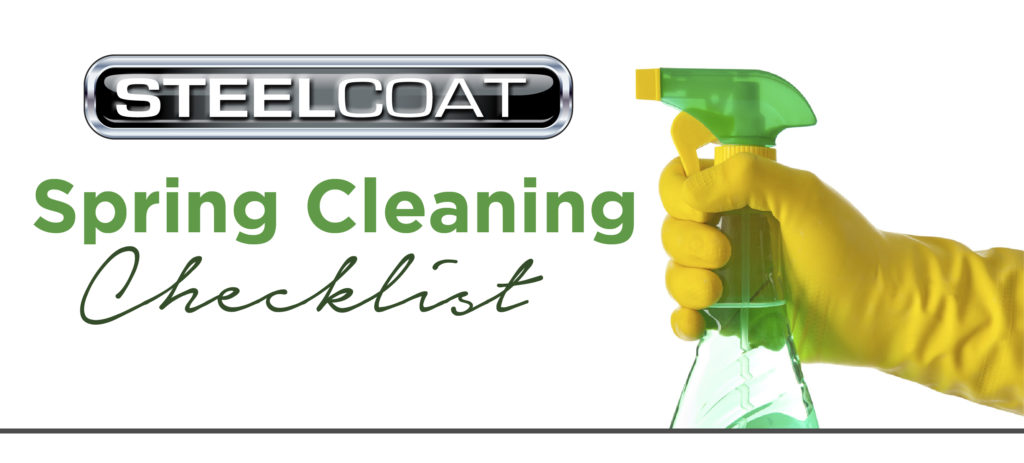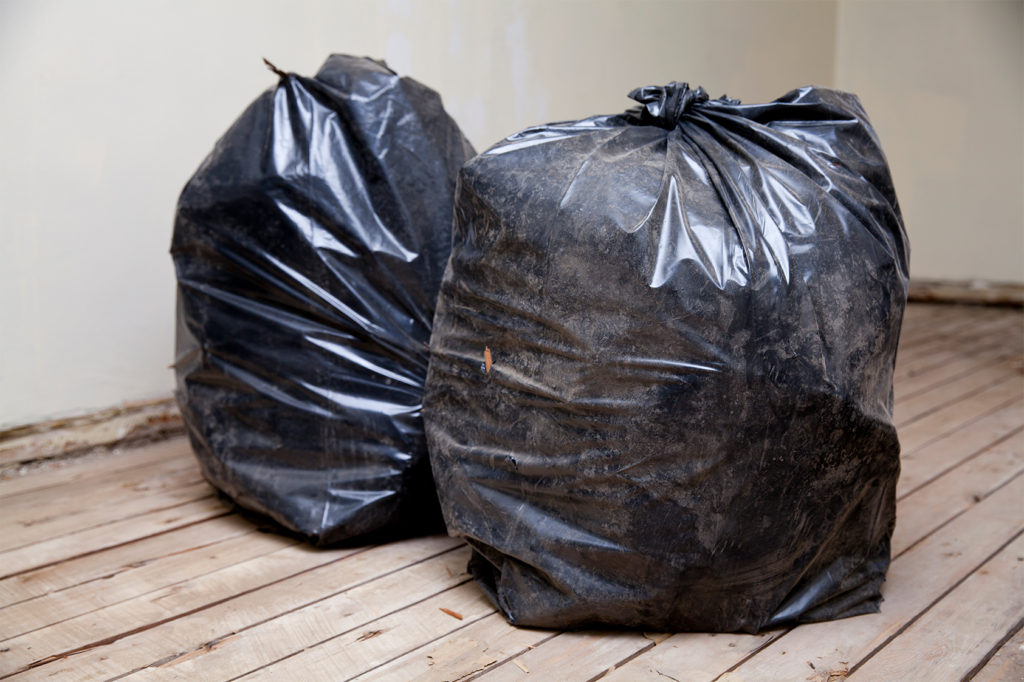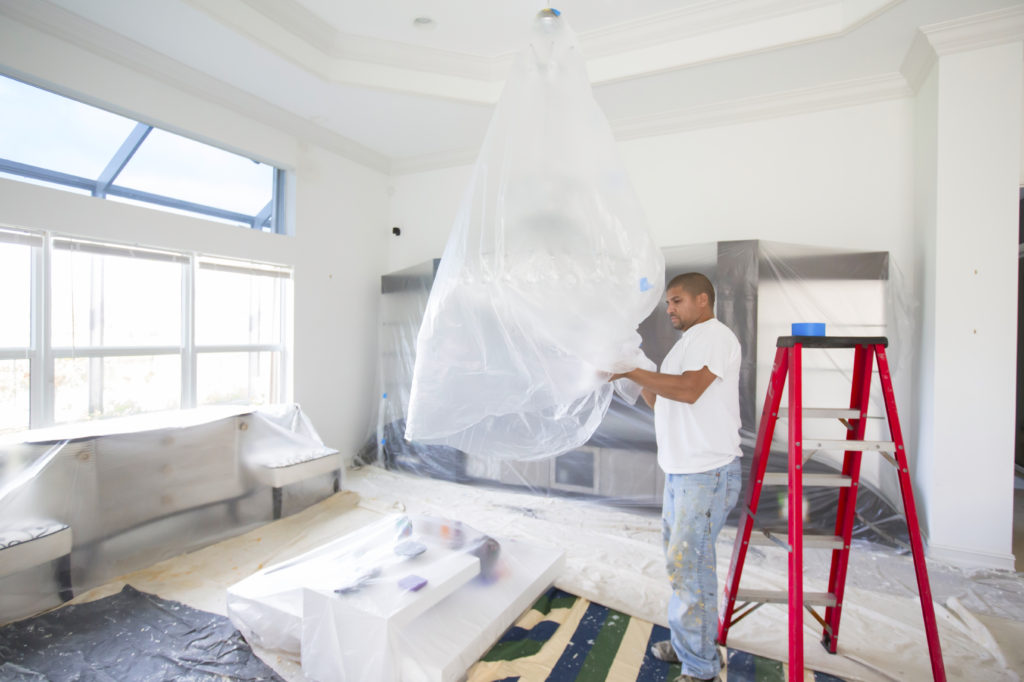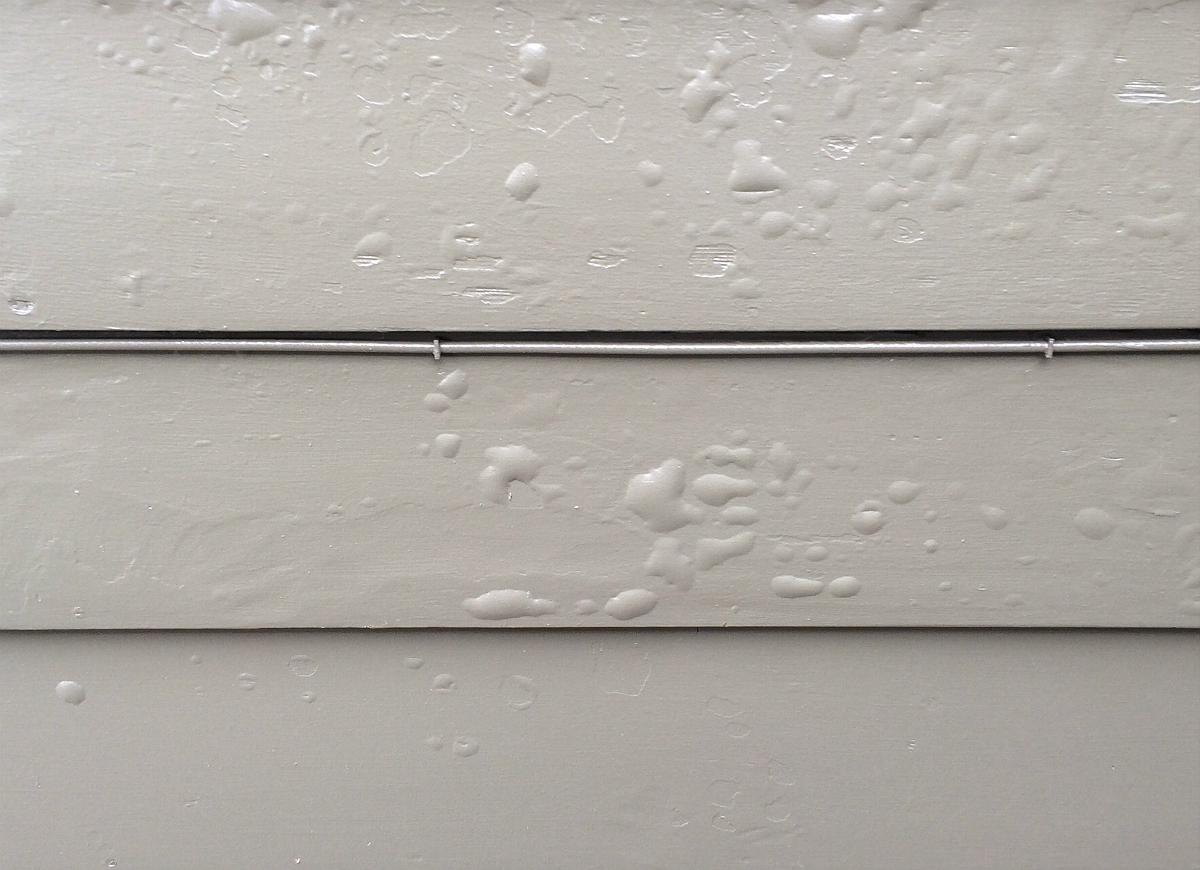Accent walls have been a prevalent focal point of home design for the last few years. Some designers adore the idea while others aren’t sold. Where do you stand on this topic? Personally, I’m a fan. Accent walls are great opportunities to add an extra fingerprint of your own sense of style. Could it go too far? Absolutely! However, that’s why it’s important to take a few things into account before moving forward.
The first item to consider is what is going to be on your accent wall. As soon as you add a brilliant color, the focus will shift to it. Before deciding which wall, you will definitely want to have something of interest to fill it. The options are endless. If the accent is in your main family space, photos and maybe your television could be an option. Any sort of art would be a great option as well.

Another thing you’ll want to make sure of is that the colors don’t clash. Everyone knows that when you get two similar shades of the same color next to each other it can look bad. If you’re going for the accent wall, go big or don’t go at all. Luckily color swatches and other items exist to help prevent this issue, but don’t be afraid to take a small step outside your comfort zone.
Last thing: don’t be afraid to explore patterns. Sometimes a wallpaper or painted pattern can bring enough attention to the wall to break it up without the extreme measure of an entire wall. I did just say to make sure to be bold and this is doing so but in a different way. Although the colors might be a bit more muted, the pattern opportunities available can help provide an ambiance that one solid color would not.

No matter what wall or room you paint, you need to prepare for the mess that will follow. Steelcoat® carries products that will meet any need you may have during a painting project. Head on over to our website steelcoatproducts.com to see our entire line!









